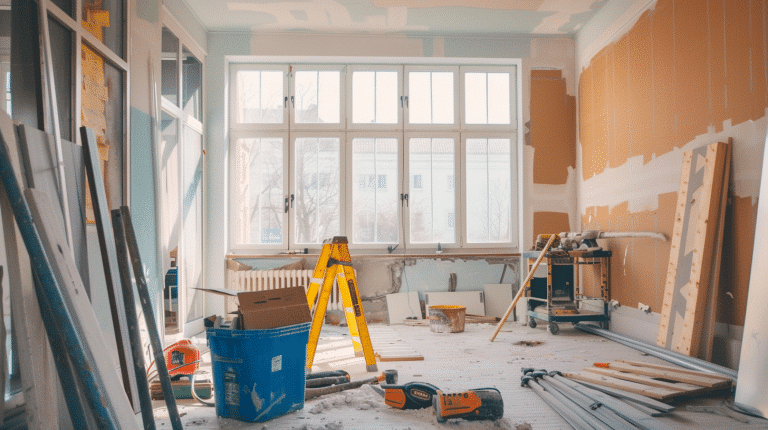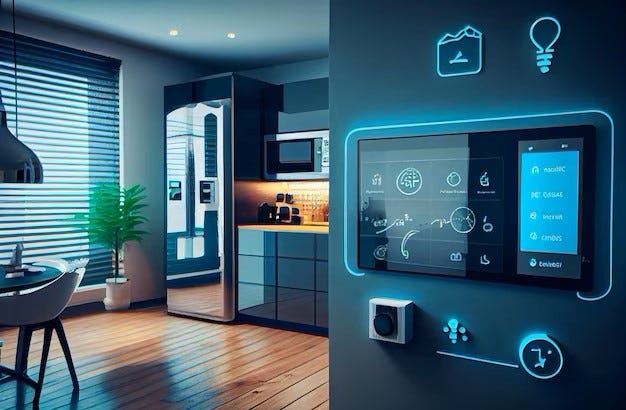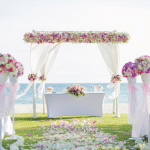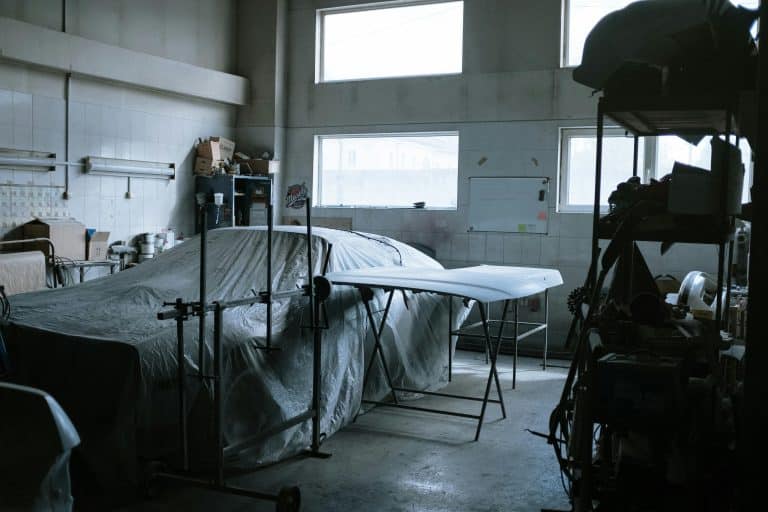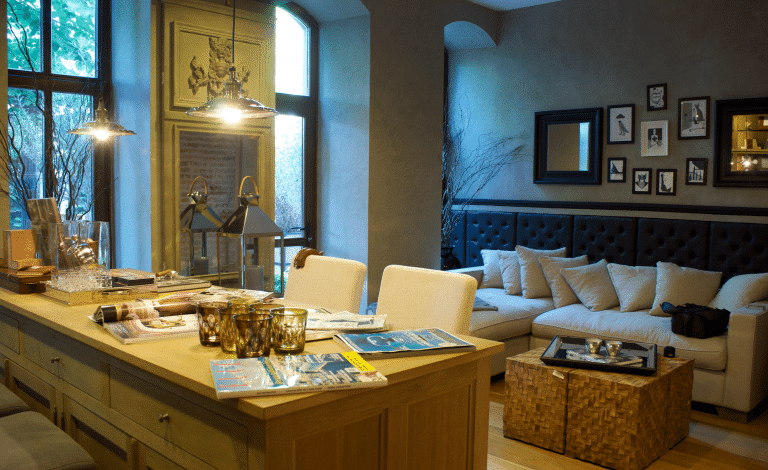Home renovation trends are continuing to evolve significantly this year. Homeowners are increasingly focusing on DIY projects, sustainable materials, multifunctional spaces, and technology integration to enhance both aesthetics and functionality. This year’s trends reflect a desire for personalized, efficient, and environmentally conscious living environments that cater to diverse needs and lifestyles. Let’s explore what’s trending this year.
Sustainable Materials
A major trend in home renovation is the increasing use of sustainable materials. Homeowners are choosing eco-friendly options such as reclaimed wood, bamboo, and recycled metal. These recycled materials not only reduce environmental impact but also add unique aesthetic appeal to the property.
Reclaimed wood is often used for flooring and accent walls, bamboo is predominantly used for furniture and cabinetry, while recycled metal finds its place in fixtures and structural elements.
In Japan and other parts of Asia, bamboo is extensively used due to its rapid growth and sustainability. In the United States, recycled metal is commonly used in modern architectural designs. This shift is driven by growing environmental awareness and a desire for healthier living spaces. Innovations in green building materials are making sustainability more accessible in home design.
Multifunctional Spaces
Multifunctional spaces are also gaining traction this year. With more people working from home, the demand for versatile rooms that serve multiple purposes is on the rise. Home offices that double as guest rooms, kitchens with dining areas, and living rooms that incorporate study nooks are just a few examples.
This trend is driven by the desire to maximize space efficiency and adapt to changing lifestyles. A major factor driving this trend is the reduction in home sizes, especially in big cities like Vancouver, for instance, where design elements like movable partitions, built-in storage, and flexible furniture are essential in creating these adaptable spaces.
A living room, for instance, can seamlessly transform into a home office or a guest room with the use of fold-away desks and hidden storage solutions. These design choices ensure that every square foot of the home is utilized effectively, catering to the varied needs of modern living.
Technology Integration
Technology integration is a standout trend in modern home renovations. Smart home systems, energy-efficient appliances, and advanced security features are becoming standard. Homeowners are investing in smart thermostats, lighting controls, and voice-activated assistants like Alexa to enhance convenience and energy efficiency. Home entertainment systems are also being upgraded with the latest technology to create immersive experiences.
A key aspect of these innovations is a robust WiFi connection. None of the mentioned technologies will function optimally without a strong, reliable internet connection. High-speed WiFi is essential for streaming services like Netflix and Amazon Prime, which are popular in many American homes. Whereas in Australia, popular platforms like Stan also require stable internet for uninterrupted viewing.
Fast WiFi is also indispensable for iGaming enthusiasts, this is especially important for those who enjoy cloud gaming and using modern consoles like PlayStation or Xbox, which rely heavily on a stable internet connection to perform optimally. Sturdy Wifi is also a requirement for playing with live dealers in an online casino in Canada or anywhere else in the world for that matter, as a poor connection could result in game disruptions and potential losses.
By integrating these advanced systems, homeowners can enjoy a seamless and connected living experience that aligns with the digital age.
Outdoor Living Spaces
Expanding outdoor living spaces continues to be a popular trend also. Homeowners are creating functional and comfortable outdoor environments that extend their living areas. This includes features like outdoor kitchens, fire pits, and lounging areas that blend seamlessly with indoor spaces. Some are also going as far as building saunas, outdoor gyms, playareas for kids and hot tubs. Designed for year-round use, these areas often include weather-resistant furniture, pergolas and outdoor heating solutions.
Gardens and green spaces are integral to outdoor living, promoting relaxation and providing a great area for kids and pets. Vertical gardens and native plants are popular choices for sustainable and low-maintenance outdoor spaces especially in cities like Toronto. This trend emphasizes extending the home’s comfort and functionality outdoors, providing perfect settings for entertaining, dining, and relaxation. A modern and functional outdoor area can also significantly increase the value of the property.

